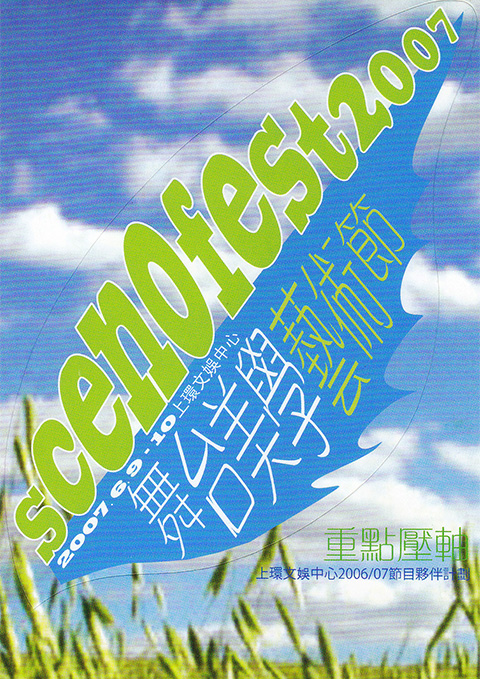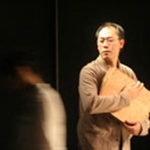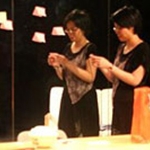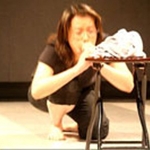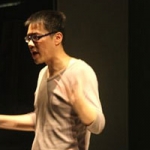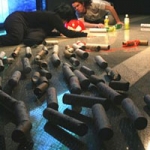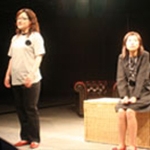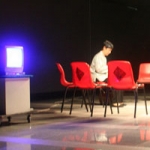Project Description
Sheung Wan Civic Centre 2006/07 Programme Partnership Scheme
Theatre Space has always been trying to promote the Scenography, by using the tangible space to be the starting point, to explore the possibilities of stimulating the audience imagination and feelings, aims to achieve the limited of the space of theatre and explore the unlimited horizons to the audience.
For shown the Scenography and Performing Arts of contemporary era drama, establishing a unique “Experimental Performing Arts Centre”, Theatre Space Cooperate with the Sheung Wan Civic Centre, to launch the SCENOFEST Arts Festival, the grand finale of the Sheung Wan Civic Centre Programme Partnership Scheme. SCENOFEST, ideas from Festival of Scenography, by introduced the public Scenography concepts, also hope that through the sharing and performance, enrich the experienced stage performers flexibilty.
After two rounds of “In Search of New Horizons” Portfolio, SCENOFEST reconvene “In Search of New Horizons” friends, with the basic concept of Scenography, mastery the performance, installation art and Scenography.
2007/06/09 7:30pm
2007/06/10 2:30pm
2007/06/10 7:30pm
Sheung Wan Civic Centre lecture Hall
Performance 2
2007/06/09 9pm
2007/06/10 4pm
2007/06/10 9pm
Sheung Wan Civic Centre Exhibition Hall
《影》 是一場與影子追逐的遊戲,透過光和影體現更多演出的可能性; 《大衛的寶箱》 根據真人真事改編,故事由大 ? 從爸爸與妻子的聯名保險箱內提取的神秘小箱開始; 《 Who am I @ 愛得太遲》 不單透過思念閃現人與人之間的感情,也從尋找自己的過程中重新燃起心中的一團火; 海南、文昌、清遠抑或走地雞通通《咪走雞》!
無論蒸、煮、煎、蘸、炆、燉、炒、炸, 為的不過是一位師奶的普通願望;《我不懂藝術》 是一個人的自白,由一個自稱不懂藝術的人體驗什麼是藝術表演體驗。 《樂.道》 ,希望以聲音和樂器,訴說一個令人津津樂道的故事。
Performance 2
《被遺棄.被利用》 是一場發生在一片「吉地」的角力,各自被遺棄的一方,竟然拖長了被利用的價值; 《十八歲的遺書》 是對成長的控訴。人長大到一個不能自決的時刻,需要跟從前的自己說句對不起嗎?一個缺乏愛與誠而形式化的《壽宴》,比一個人度生辰更令人心寒;即使最終沒有達成任何大志,一生人總得有一次靜下來 《記得感受》; 《 Cut 盜演》中, 謊言與真實只有一線之差 。手起刀落!誰有膽量? 《 Not I 》 以燈光作為主要演出語言, 配以 Samuel Beckett( 塞繆爾.貝克特 ) 的文本, 進一步體現舞台美學。
圖片
01) 《大衛的寶箱》
02) 《 Who am I @ 愛得太遲 》
03) 《咪走雞》
04) 《我不懂藝術》
05) 《被遺棄.被利用》
06) 《十八歲的遺書》
07) 《壽宴》

